Making Sense of Psychiatric Diagnosis: Understanding the DSM-5
£8.00
Making Sense of Psychiatric Diagnosis aims to cut through the misinformation, stigma, and assumptions that surround mental illness and give a clear picture of what mental illness really is.
The book pairs diagnostic criteria and descriptions for a cross-section of mental illnesses in the DSM-5 with nineteen first-hand narrative accounts of what it’s like to live with those conditions. The book is also infused with the author’s own experience as a mental health nurse and person living with depression.
With the fusion of diagnostic information, clinical experience, and lived experience, this book offers a unique, well-rounded perspective on the reality of mental illness.
Read more
Additional information
| Publisher | Mental Health @ Home Books (6 Sept. 2019) |
|---|---|
| Language | English |
| Paperback | 157 pages |
| ISBN-10 | 199900082X |
| ISBN-13 | 978-1999000820 |
| Dimensions | 15.24 x 1.02 x 22.86 cm |

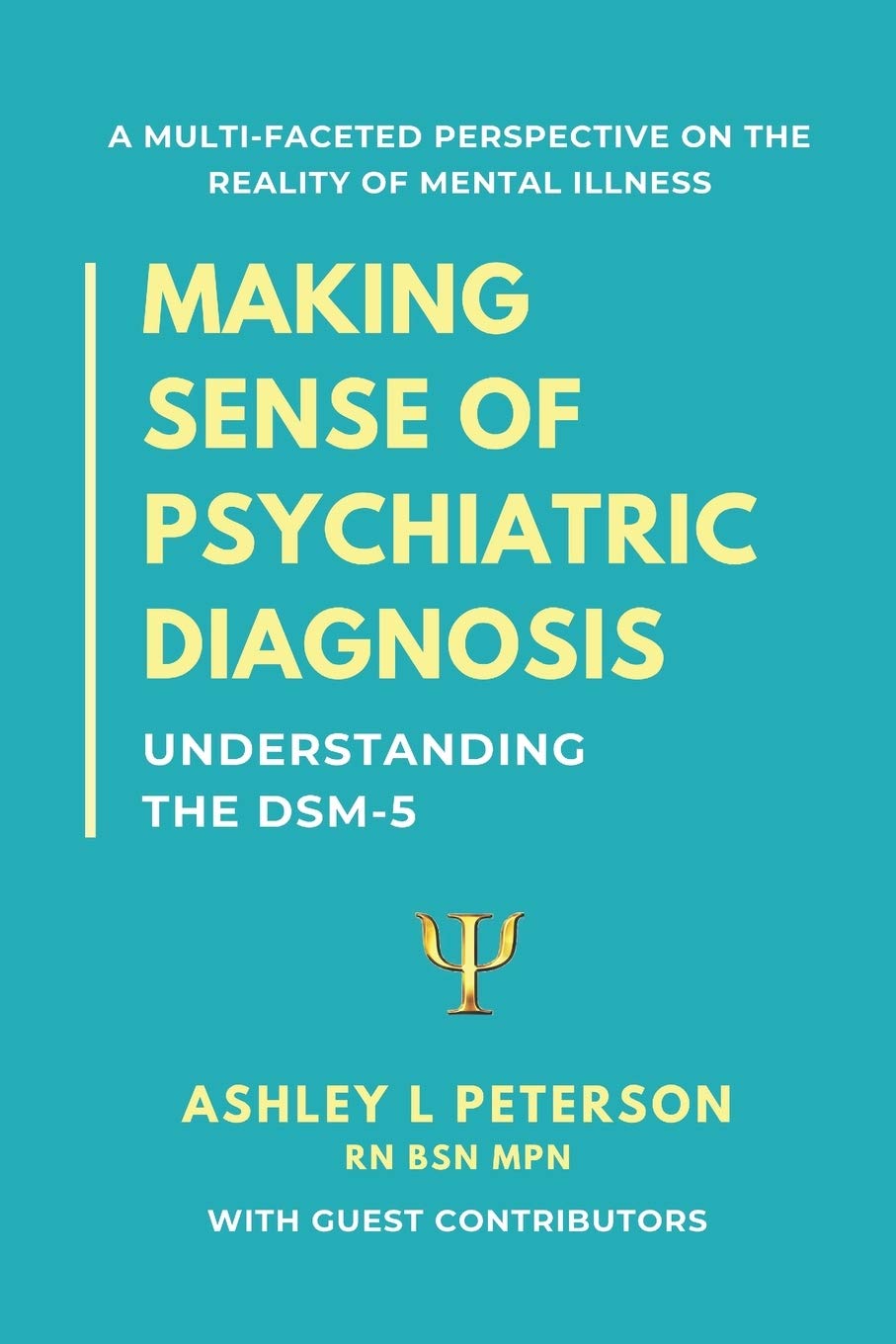
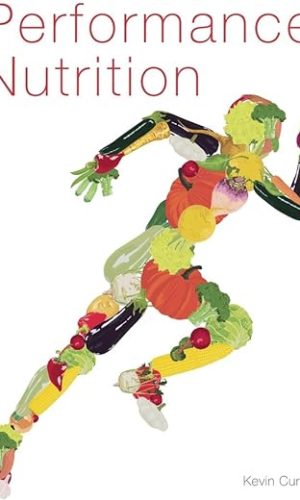
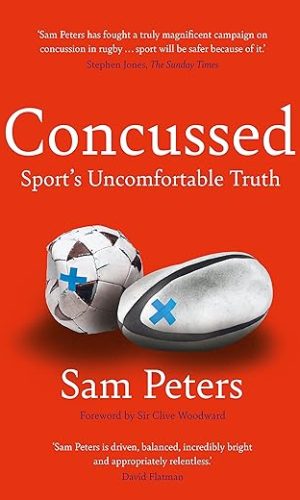
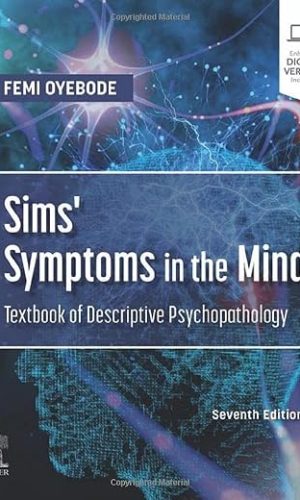
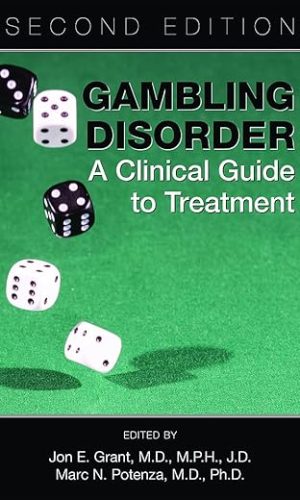

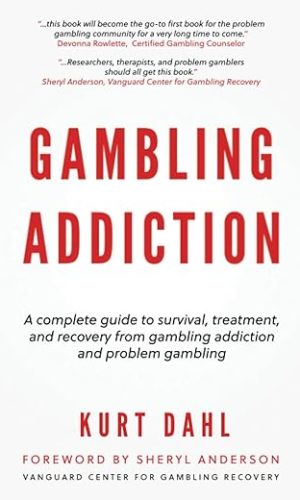

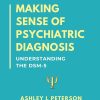
by stephen thompson
Ok
by Mazza
I bought this as an extra resource for my AQA Psychology A Level. It’s useful for extra clarification of the DSM V symptoms and how someone with those conditions might present, but this book doesn’t even touch on phobias. It contains:
Diagnostic Systems
Anxiety Disorders
Bipolar & Related Disorders
Depressive Disorders
Dissociative Disorders
Feeding & Eating Disorders
Gender Dysphoria
Neurodevelopmental Disorders
OCD & Related Disorders
Personality Disorders
Psychotic Disorders
Somatic Symptom & Related Disorders
Substance Use Disorders
Trauma & Stressor-Related Disorders.
Each of the above categories has 0-3 sub-categories. Overall, it’s useful for psychology students and in fairness, the information left out can be found on the internet, but I’m not sure I’d say it’s informative enough for university students.
Overall, a good resource to build general knowledge on the most common categories of the DSM V, and a good piece of reading on the side for Psychology students, and you can refer to it when necessary, however I’d say this material is entry-level rather than particularly in-depth, and I would recommend that University students get a resource that’s more detailed.
by Louise Atkin
This book is a really useful guide for anyone who finds themselves trying to navigate mental health services to get help. Dealing with diagnoses in turn; it explains the nature of each disorder; how a diagnosis is made and any controversies or recent changes in thinking clearly and concisely, debunking any jargon. A personal account from a sufferer in each chapter provides a rich personal dimension to each disorder that I’m sure will resonate for readers. The last 3 chapters share experiences in relation to getting diagnosed and misdiagnosed, being understood and misunderstood, treatment and recovery. Experiences are mixed but overall the messages are positive and provide hope for fellow sufferers. Mental health professionals understanding of the lived experiences of their patients will be better for reading this.
Whilst I think our current diagnostic system for mental distress is an inadequate one; focusing too much on symptom clusters and individual factors rather than the contexts within which they arise; it is the system in current use, and this book will help make it work better for those having to use it. A good mental health consultation should always involve the professional sharing their thinking with the patient to reach a shared understanding; but too often it does not; or it can be hard to retain all the information. This book helps address that and empowers patients to be more equal partners in their mental health experiences. Every mental health service should have this in their waiting room!
Dr Louise Atkin
Consultant Psychiatrist
by Narinder Sandhu
A good value book for social work and for psychological diagnostic disorders.
Good buy, thank you
by emmanuel
Fantastic book which is simple to understand. A must have for students and newly qualified practitioners.